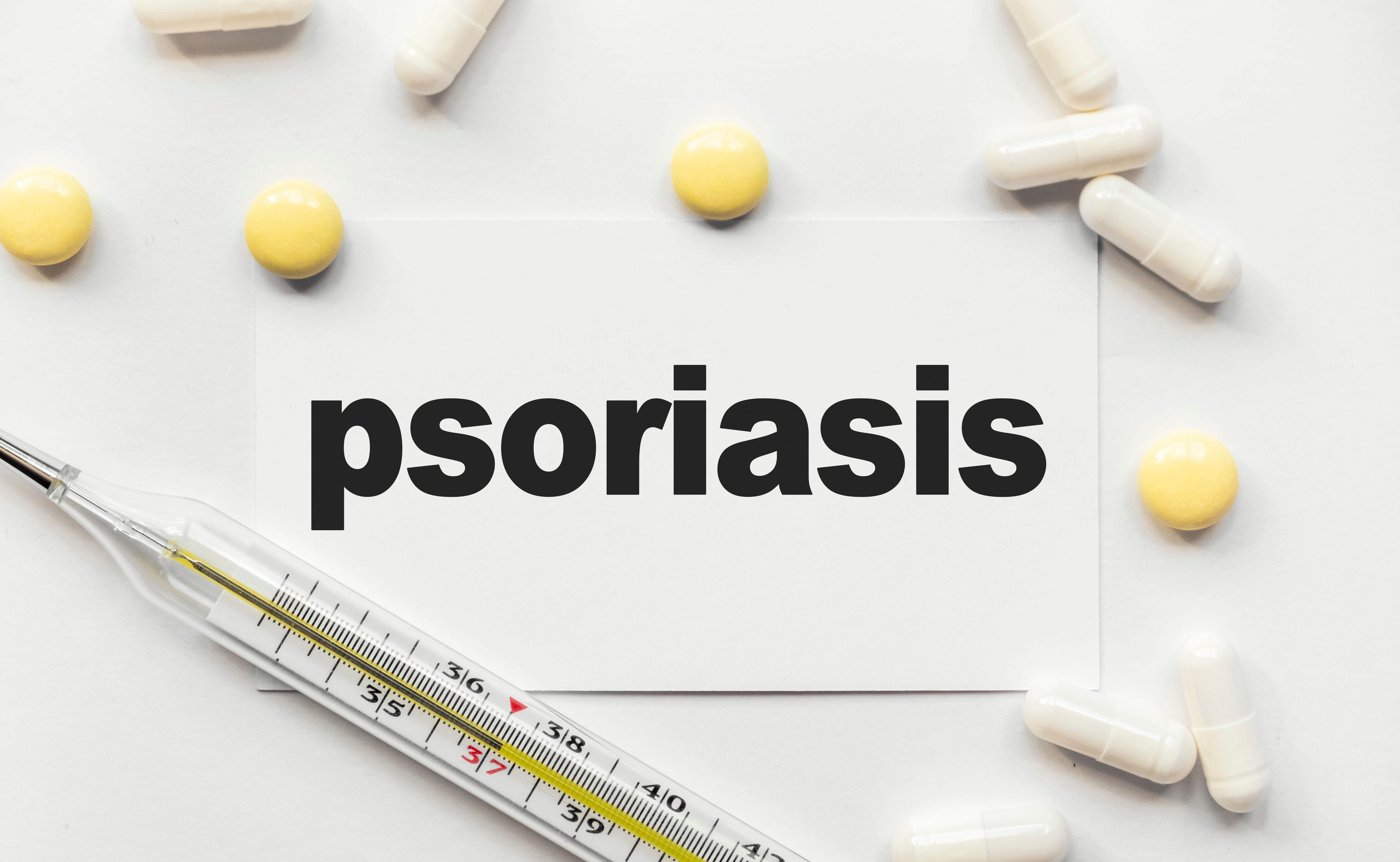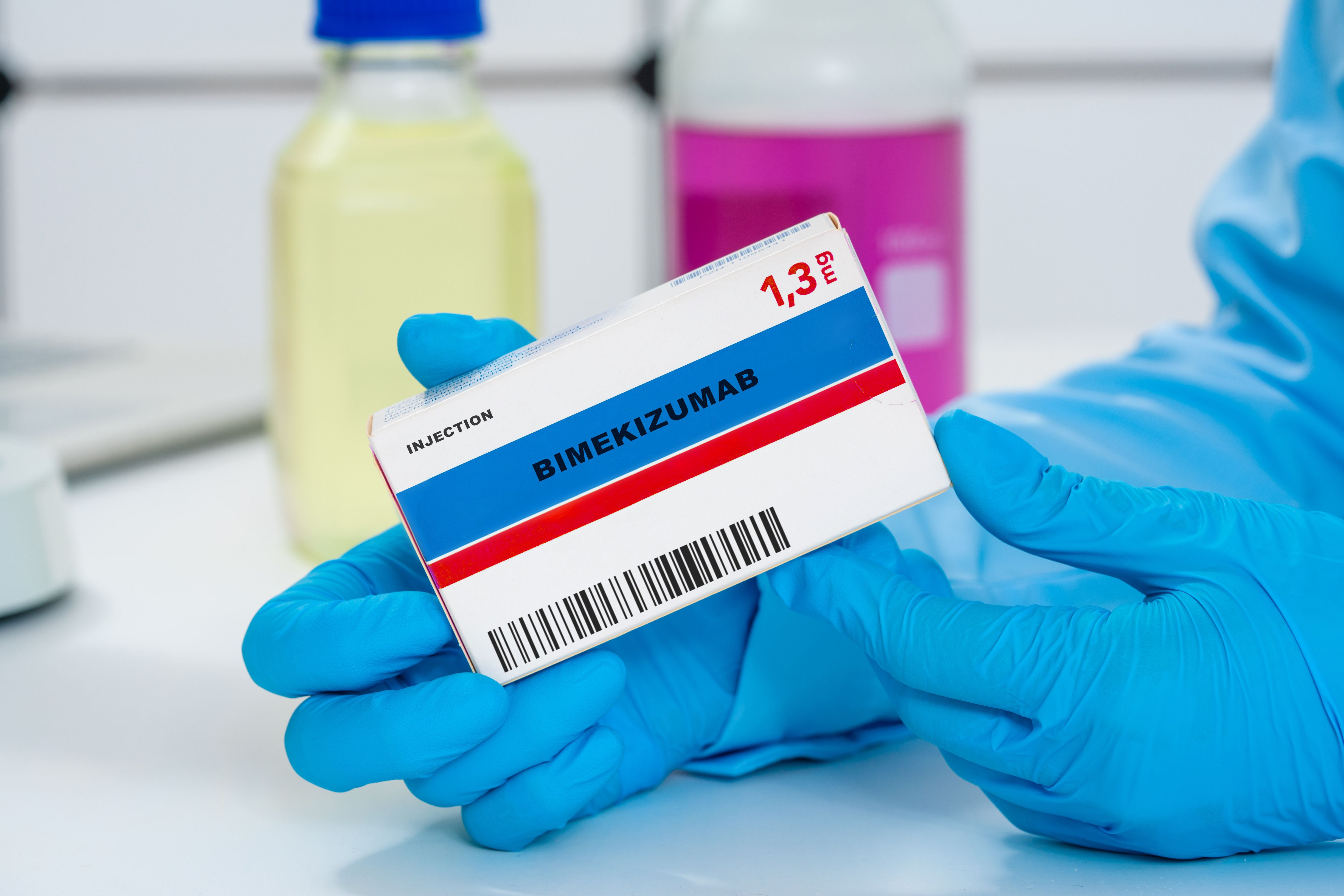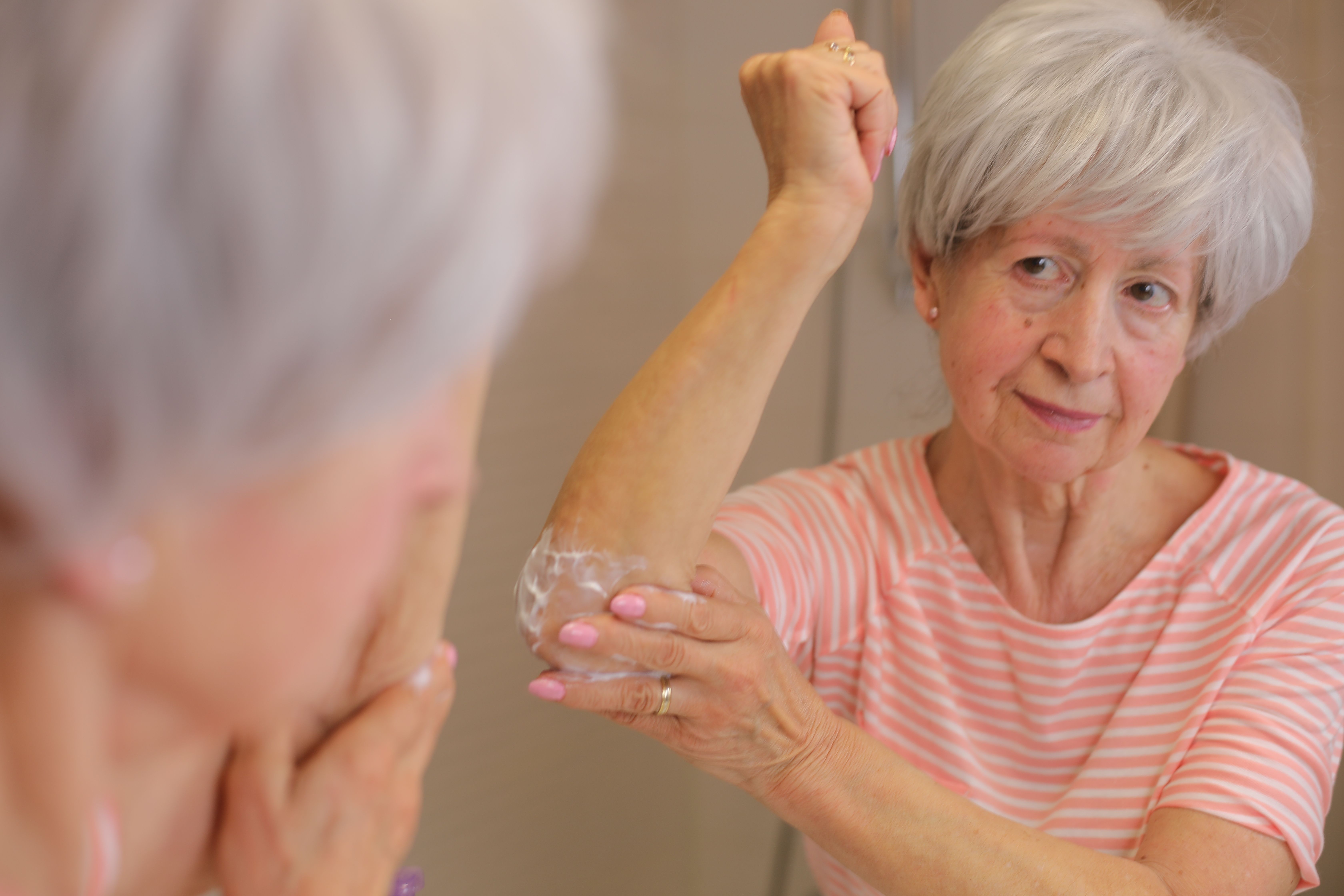Article
Survey: Why Patients With Psoriasis Turn to Complementary and Alternative Medicines
Author(s):
Patients with psoriasis frequently use complementary and alternative medicines to treat their symptoms.
Patients with psoriasis frequently use complementary and alternative medicines (CAMs) to treat their symptoms, according to a research letter published in the July issue of the Journal of the American Academy of Dermatology. The letter revealed results of a survey distributed by National Psoriasis Foundation and created by dermatologists from the George Washington University (GW).
Previous studies have reported the rate of CAM use reaching as high as 62%, but those studies did not ask about reasons for turning to CAM and used limited populations, the authors wrote. In this study, they sought to determine the types of CAMs used and patients' motivations for turning to CAM.
While the efficacy of some CAM treatments for psoriasis have been reported, in this case, the respondents reported using treatments that have not been studied or have previously not shown to be effective. For instance, patients frequently reported using Vitamins D and B12, although neither have been shown to have any effect.
In contrast, indigo naturalis—a plant extract widely used in Traditional Chinese Medicine and recognized as a therapy for several inflammatory conditions—has shown efficacy but was not reported in the survey. But some patients did report using Dead Sea treatments, which have shown some benefit.
The National Psoriasis Foundation sent the survey in October 2018 to 100,927 members receiving a newsletter; 6101 opened the newsletter, 324 clicked the survey, and 219 completed it.
Respondents were mostly female (68.5%) and white (84.1%). Most participants were diagnosed by a dermatologist and had pharmaceutical drug coverage. Similar to another survey, answers did not differ by insurance status. Psoriasis severity was assessed by body surface area and patient self-perceptions
Forty-one percent reported using alternative therapies, with higher use seen among patients who consider their psoriasis to be severe than among those who do not (50.0% severe vs 33.6% nonsevere, P = .040). Of the respondents, 39.5% reported using complementary therapies. Women were more likely to use complementary medicines than men (45.6% women vs 26.5% men, P = .002)
Asked why they used CAM, respondents mostly said that traditional medications did not help or had side effects; only 4% reported issues with accessing care.
Therapies used differed by gender, with more men than women using vitamins (24.0% vs 18.9%), Dead Sea bath salts (17.0% vs 7.8%), and cupping (3% vs 0.8%), and more women than men using herbals/botanicals (17% vs 14%) and yoga (9.6% vs 2%) (P = .017).
A total of 42.7% said they would recommend CAMs to others. Patients with moderate psoriasis by body surface area were more likely to recommend CAMs than those with mild or severe psoriasis (52.4% moderate vs 35.0% mild, 40.4% severe; P = .005).
Lead researcher Adam Friedman, MD, interim chair of the Department of Dermatology at the GW School of Medicine and Health Sciences, said that the study shows that these treatments are part of the patients’ toolkit for coping with psoriasis and that educational initiatives could enable physicians to discuss evidence-based CAM in an effort to improve patient satisfaction and outcomes.
"Patients turn to these treatments because what was initially prescribed is not working out for them," said Friedman in a statement. "But what we found through the survey is that patients may not completely understand what products will work best for them."
"In addition to the chosen treatments, we also found that less than half of the respondents would recommend complementary or alternative therapies to others," Friedman said. "This could be a result of using therapies supported by limited evidence."
Reference
Murphy EC, Nussbaum D, Prussick R, Friedman AJ. Uses of complementary and alternative medicine by patients with psoriasis J Am Acad Dermato. 2019;81(1):280-283. doi: 10.1016/j.jaad.2019.03.059.




